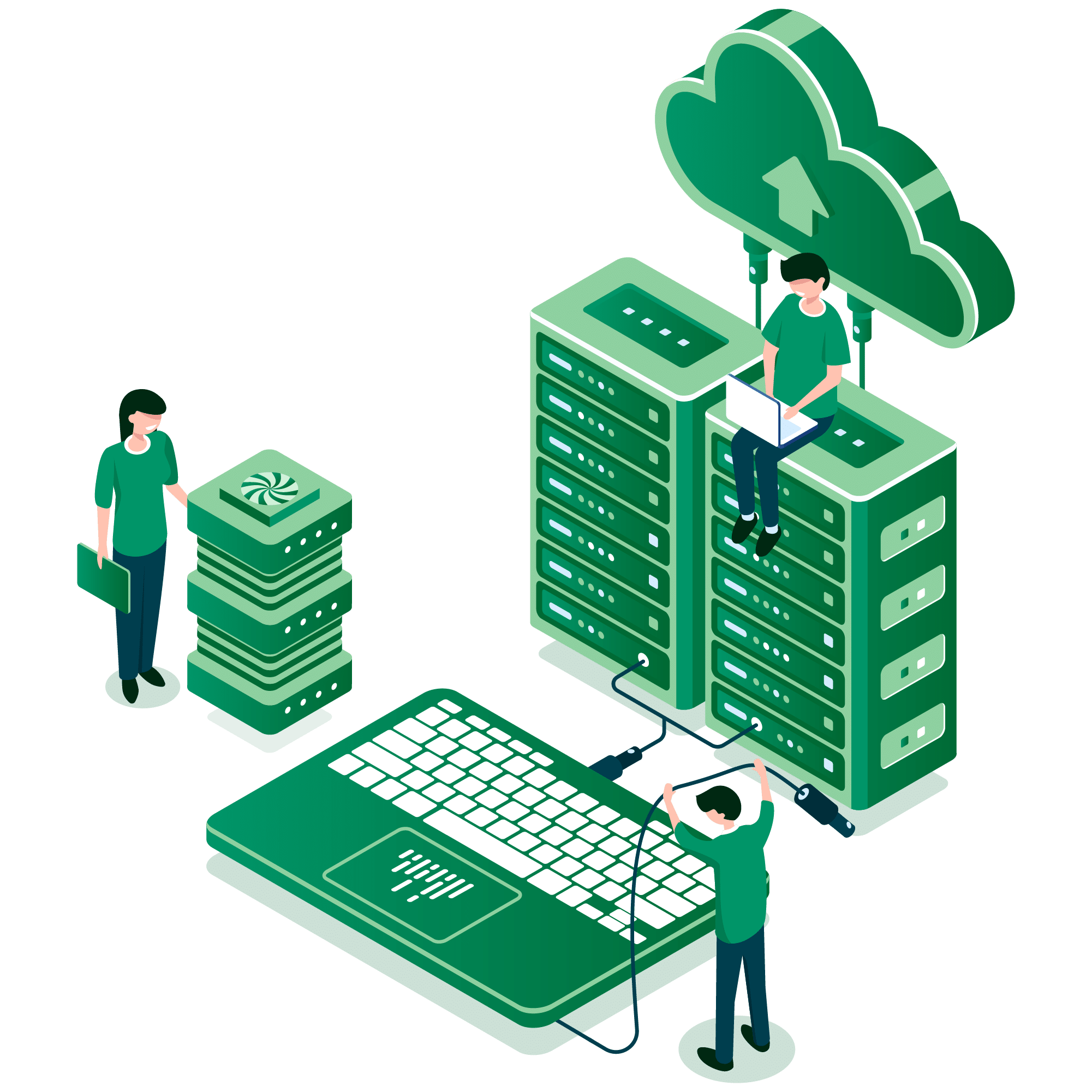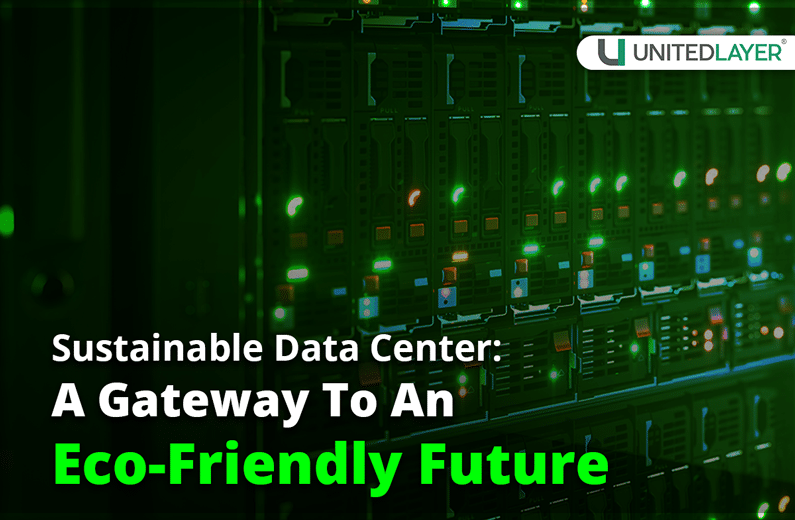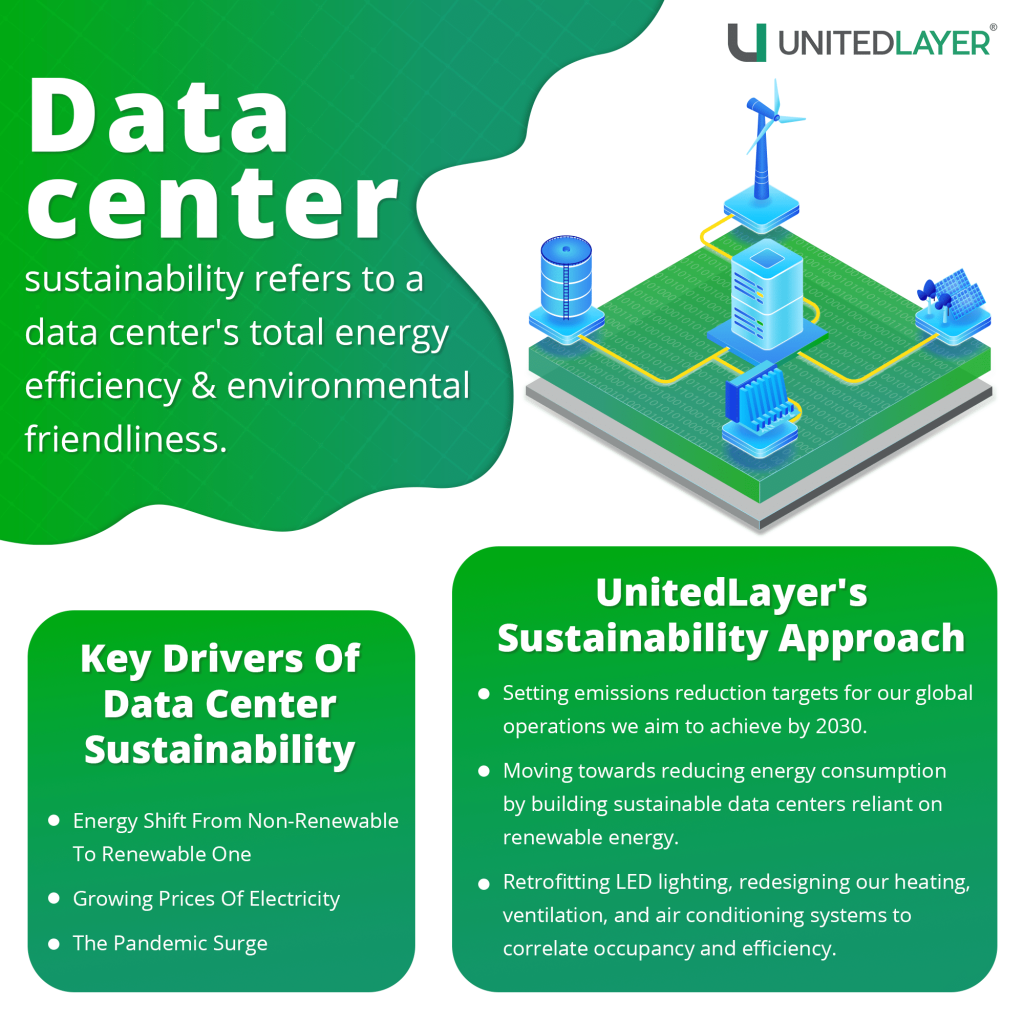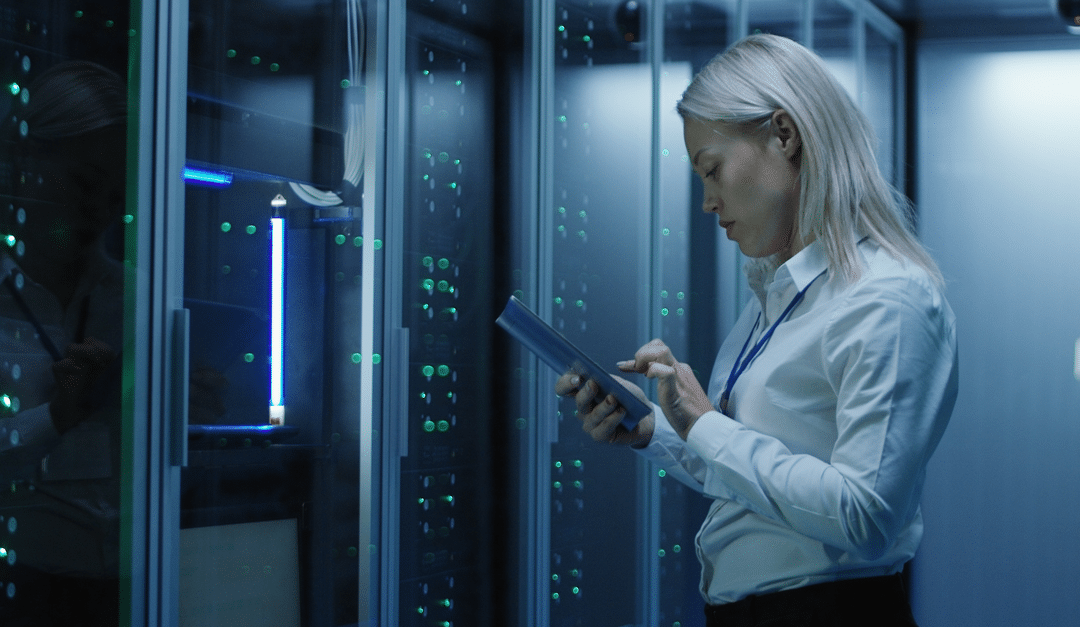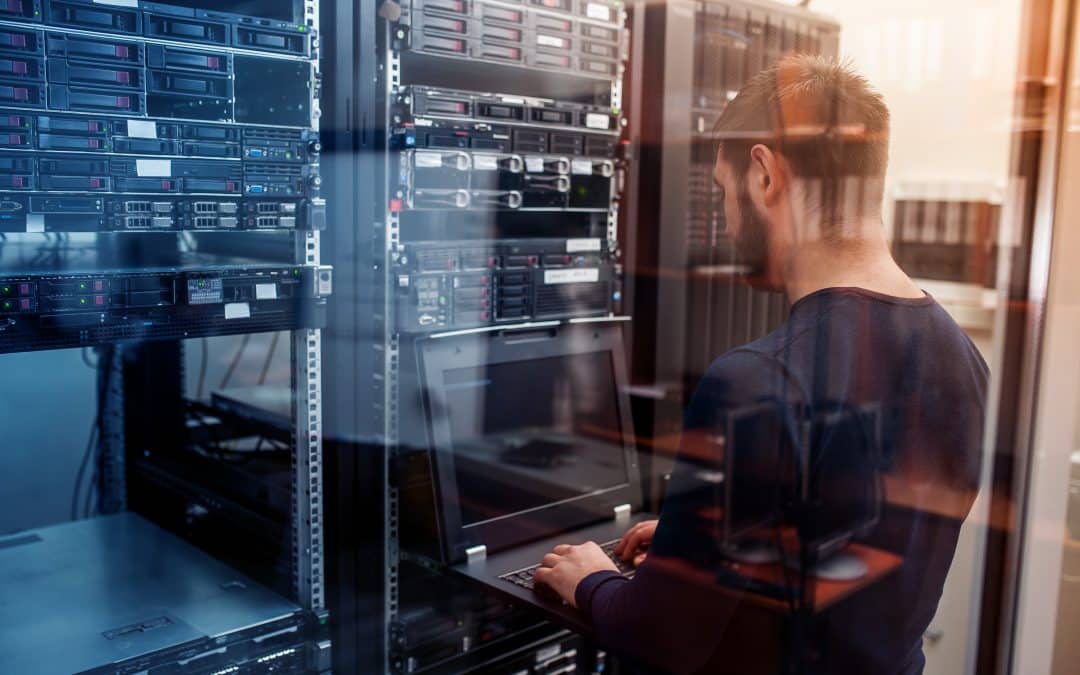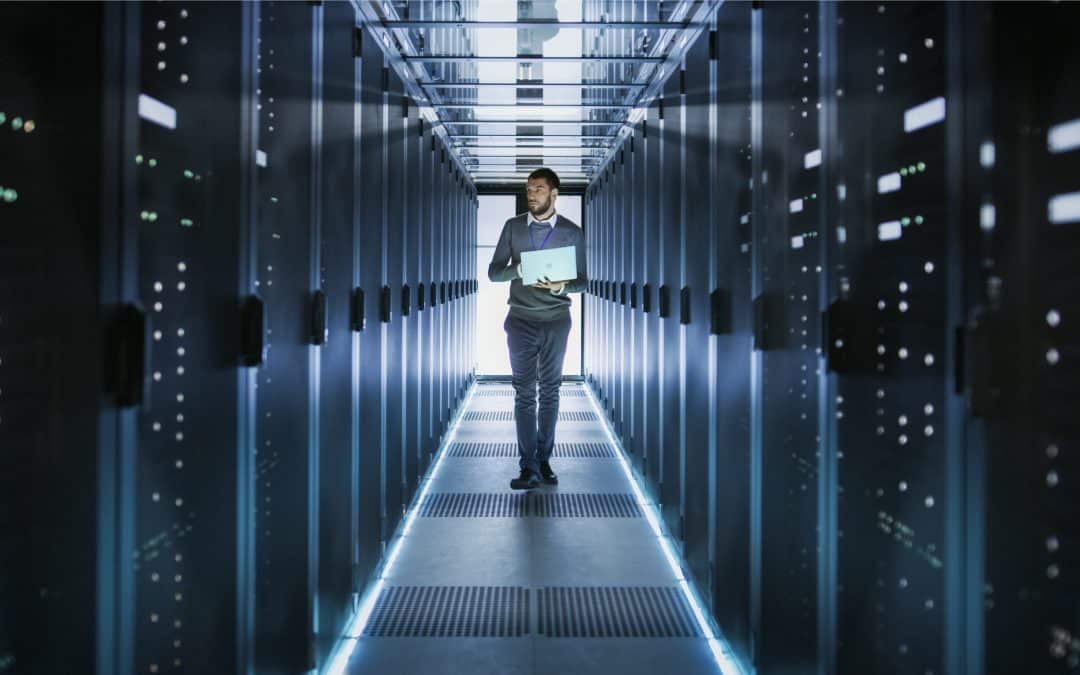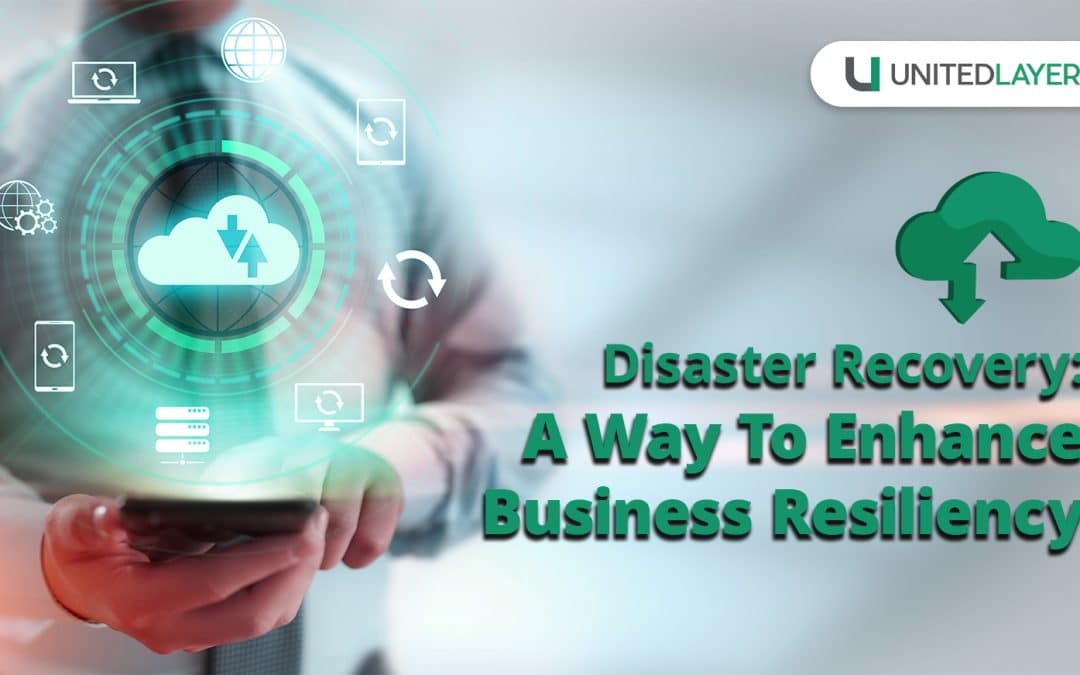
Disaster Recovery: A Way To Enhance Business Resiliency
Disaster recovery solutions supports a company’s ability to maintain its operations after an adverse effect. Today the success of a business is determined by its vast and sustaining clientele and the launching of innovative products. A focus on company resiliency has been added to these corporate growth techniques; that’s where disaster recovery solutions and business continuity comes into the picture. IDC conducted a survey sponsored by Zerto and found that 79% of the companies who surveyed activated a disaster response, 83% experienced data corruption from an attack, and nearly 60% experienced unrecoverable data. They come in handy to help a company figure out various challenges while meeting organizational objectives.
Different methods for disaster recovery for your business

There are different ways to approach disaster recovery, here are some of the common ones in the industry:
- Active active disaster recovery: Also known as stretched clustering, in this mode of DR the deployment of a second identical live infrastructure which continually repeats with the first site. The load is synchronously shared between the system and the site, which means that when disasters occur the backup is instantly available. Due to the simplicity of the concept, speed, and ease in which recovery occurs, it is usually the first choice of many decision makers.
- Active passive disaster recovery: An active-passive DR solution offers an environment that is not intended to be live for IT production until the company declares to be in a disaster. This setup offers a warm site, which basically ensures that core processes are constantly backed up and available instantly when a disaster occurs, but the site may experience some delay. This DR setup creates large initial cost savings on hardware. Often times, businesses will remodel their legacy IT equipment and servers for their DR site to realize even greater financial benefit.
- Active replicated disaster recovery: Applications that are not mission-critical and need not be recovered instantly can be stored in a cold site in an Active-Replicated setup. Disaster recovery replication should be continuous and continuing because, in the event of a disaster, you must fail over your most recent, mission-critical IT operations to the DR software and hardware as soon as is reasonable. This is the most budget-friendly setup which can be used to store data that may not be accessed often but recovery times will take longer.
UnitedLayer’s®
DR services enable enterprises to be resilient and respond quickly to these critical situations faster. So that you can operate your business without any interruptions.
Ways to assess your disaster recovery process
Disaster recovery metrics can be straightforward and self-explanatory or complicated and multidimensional, which essentially means that their definitions might change based on the context in which they are used. There are two common indicators, nevertheless, that can help any business continuity plan:
- Recovery Time Objective (RTO): RTO, which is typically expressed in hours, refers to the longest period of downtime a system will experience. Therefore, if you give your content management system a 24-hour RTO, it means that if it fails at noon on Wednesday, your IT staff must bring it back online by noon on Thursday. This measure is very adaptable because it may be used with different operating systems, applications, and storage activities.
- Recovery Point Objective (RPO): RPO establishes the maximum amount of data that a system can lose, usually measured in hours. Consider giving your customer relationship management system a one-hour RPO. This calls for taking backups at least once an hour and stating that you’re only willing to lose data that was generated between the most recent backup and the failure event—a maximum of one hour’s worth of data. Depending on the application, this measure can vary significantly and may have a significant impact on how you restore your systems.
UnitedLayer’s® DR solutions offer solutions for business continuity with sub-minute response times, allowing customers to create unique Recovery Point Objectives (RPO) and Recovery Time Objectives (RTO) in accordance with their unique business needs.
Ensure business continuity for your data with UnitedLayer®
With cloud disaster recovery-as-a-service, you get a lot of advantages such as saving time/capital, more data backup locations, ease of implementation with high reliability, and scalability. Modern network architecture at UnitedLayer® means that any problems or defects will be swiftly found and resolved by our experienced support and managed DR services.
The following is a simple cloud disaster recovery plan that will assist enterprises considering cloud disaster recovery for the first time and are unsure of where to start:
- Get familiar with your infrastructure and its potential risks: It is crucial to consider your IT infrastructure, including your resources, tools, and data. It’s also important to determine where all of this is kept and how much it’s worth. once you’ve resolved this issue. You must now assess the hazards that could have an impact on everything. Natural disasters, data theft, and power outages are just a few examples of risks.
- Carry out a Business Impact Analysis: The next item on the list is a business impact analysis. This can help you recognize the constraints on your company’s ability to operate after a crisis. With Recovery Time Objective (RTO) and Recovery Point Objective (RPO) you will be able to assess this factor.
- Conduct a DR plan depending on your RTO and RPO: You may concentrate on creating a system to achieve your DR objectives now that your RPO and RTO have been established. You can use approaches such as backup and restore, pilot light approach, full replication of the cloud, multicloud option, or warm standby to implement your disaster recovery management. To your advantage, you can combine these strategies or employ them solely depending on your company’s needs.
- Contact the right cloud partner: After carefully weighing your options, your next move should be to choose a reputable cloud service provider who can assist with the deployment. The disaster recovery (DR) solutions offered by UnitedLayer® are extremely safe and adhere to all the strict compliance regulations, including HIPAA and PCI. Additionally, hardware and software upgrades as well as 24/7/365 support and maintenance are offered for data housed on the UnitedLayer® infrastructure.
These procedures also lessen the probability of emergencies occurring and the risk of data loss, both of which contribute to preserving and even enhancing the organization’s reputation. Learn more about UnitedLayer’s® disaster recovery-as-a-service (DRaaS) today and improve your business resiliency disaster recovery-as-a-service (DRaaS) today and improve your business resiliency today!


